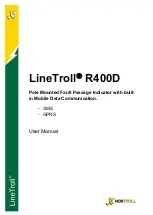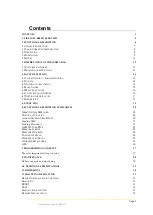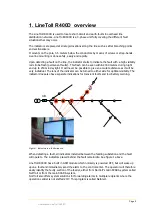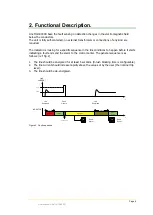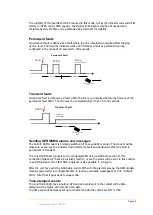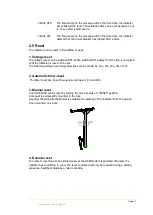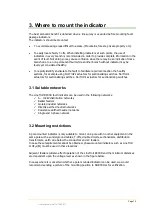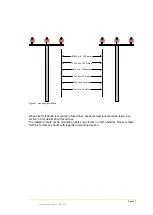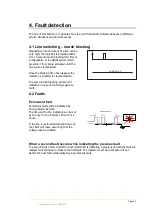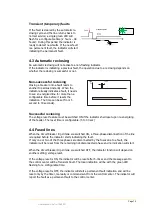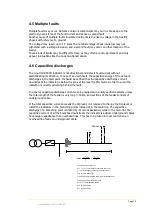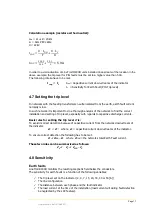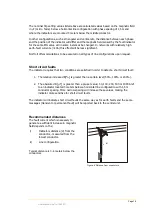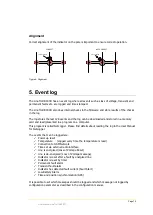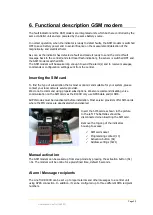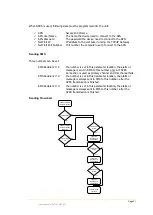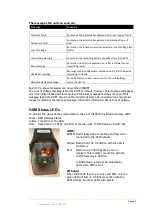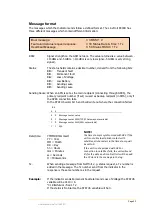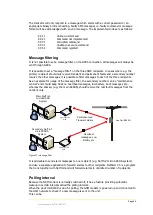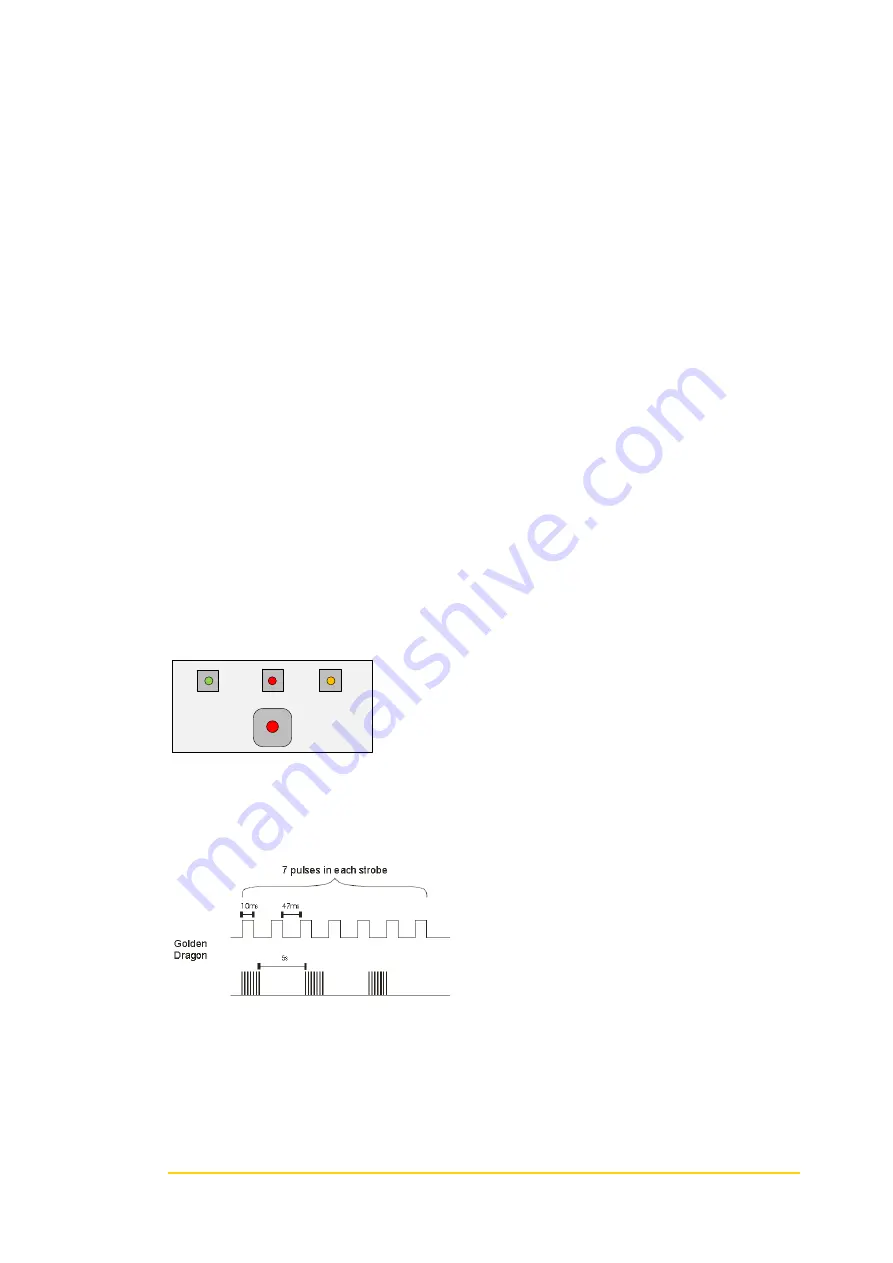
Page 9
User Manual LineTroll R400D
Fault current
The fault current has to generate the required increase in the magnetic field as described in
section 2.1.
Whether the fault should be indicated and what type of fault should be reported will depend
on what happens after the reclosing period. The setup of the indicator will also affect how the
indicator responds to different fault scenarios.
Circuit Breaker (CB) tripping
The circuit breaker trip criterion gives the indicator one extra criteria for activation and will
give a more accurate detection of a fault.
In networks where the feeder is not tripped upon a fault, the CB-trip criteria must be switched
off.
CB-trip enabled:
Line de-energised within 3 to 15 sec after the fault:
➔
Indication
Line not de-energised within 3 to 15 sec after the fault:
➔
No indication
CB-trip disabled:
Indication not dependent on de-energised line.
2.4 Indication
LED indication
The LineTroll R400D is equipped with a separate indication board in the bottom lens of the
indicator.
D1
D2
D3
D4
Figure 5, LED indication card
The LED’s are also be used to verify correct installation during calibration. See section for
installation for details. The lens can be adjusted to allow for maximum visibility.
Figure 6, Strobe flash
Low power indication mode for permanent faults
The LineTroll R400D has a low power indication mode where the strong strobe flash is
switched OFF. Instead a separate red LED is used to indicate permanent faults. This will
extend the battery lifetime with approx. two years.
D1:
Green; indicates Transient Faults.
D2:
Red; indicates Permanent faults if low-
power indication mode is selected.
D3:
Amber; indicates Low Battery.
D4:
Red strobe flash; indicates Permanent
faults if low power indication mode is
switched off (Default).
The permanent fault indication (D4) is
made as a «strobe» flash with 7 10ms
pulses bursting with a 5 sec interval.

